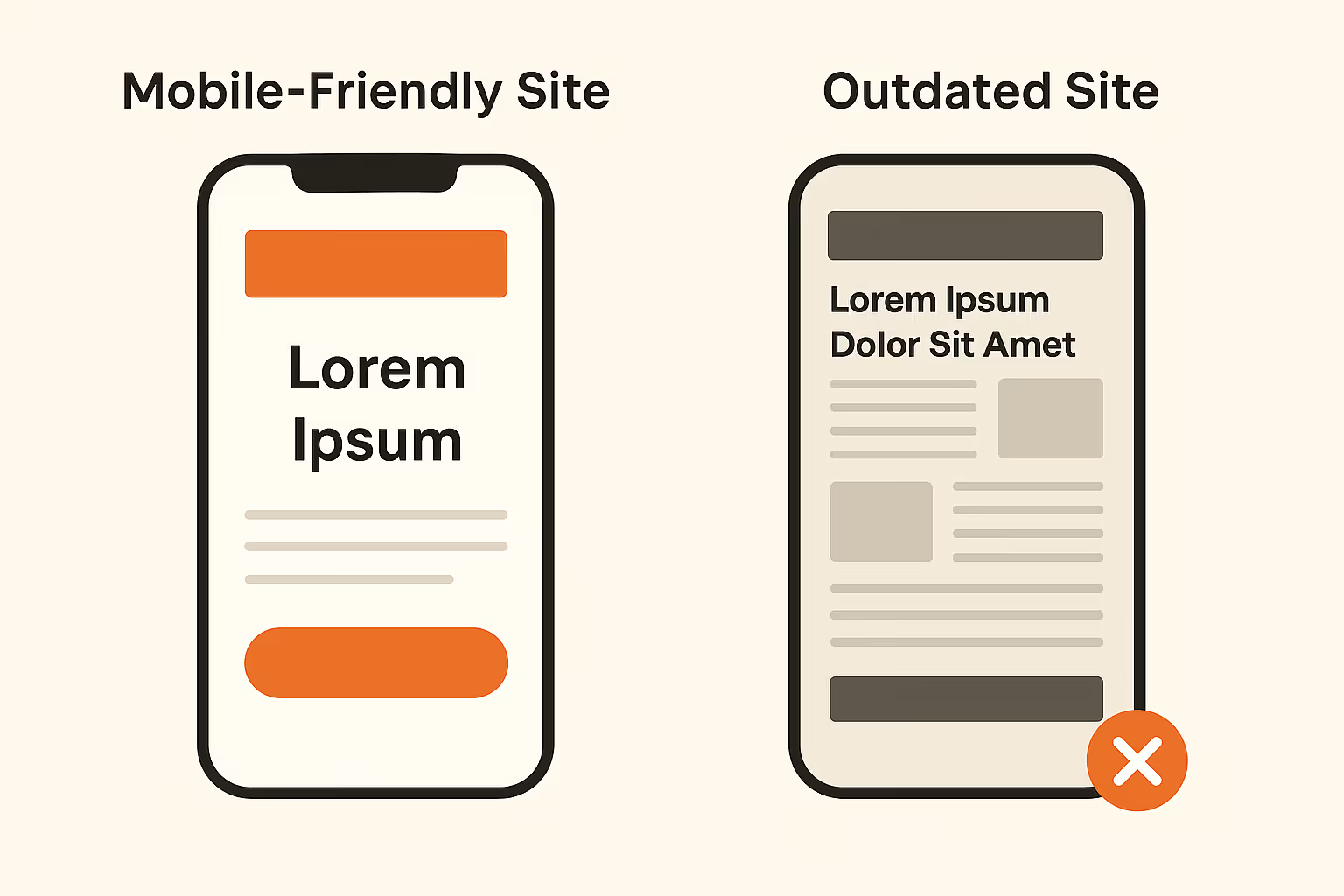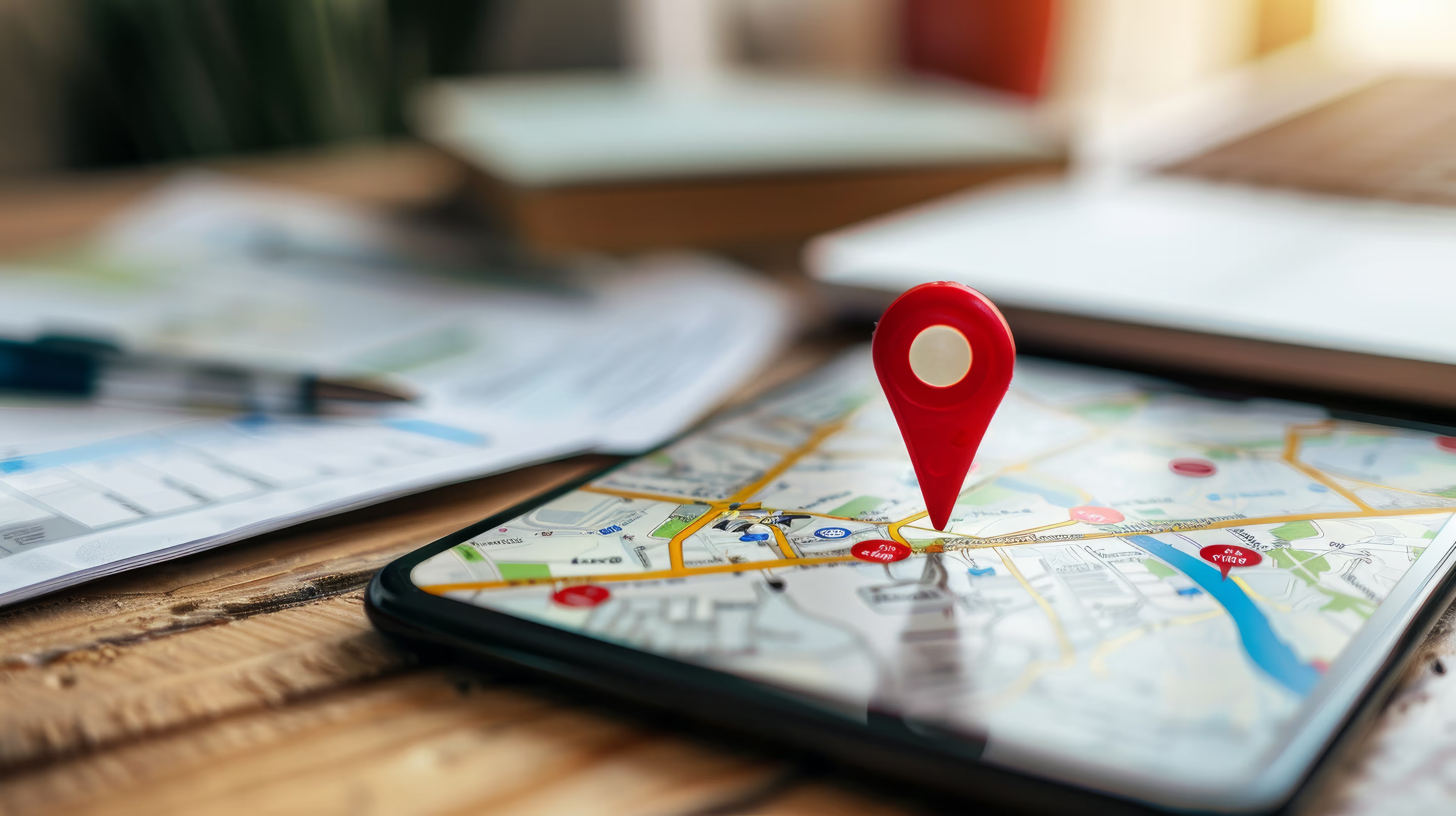If you run a small business, you know how important it is to be visible to customers nearby. Whether you own a restaurant, salon, or service business, people are searching for what you do—and 76% of them visit a business within a day of searching on their phone (Google).
That’s where Local SEO (Search Engine Optimization) comes in. In this beginner-friendly guide, we’ll explain what it is, why it matters, and how to get started.
What Is Local SEO?
Local SEO is the process of making your business show up in local search results—like when someone searches “plumber near me” or “best coffee shop in [city]”.
Goal: Help your business show up where your customers are already looking.

Why It Matters for Small Businesses
- 46% of Google searches are looking for local information (Search Engine Journal).
- 88% of local mobile searches result in a call or visit within 24 hours (Nectafy).
- Businesses that rank in the top 3 of local results (the “map pack”) get 70% of clicks (Backlinko).
Translation? If you’re not showing up locally, you’re missing out on customers.
5 Simple Steps to Improve Your Local SEO
1. Claim & Optimize Your Google Business Profile
- Go to Google Business Profile
- Fill out all details (address, phone, hours, website)
- Add photos of your business
- Collect and respond to reviews

2. Use Local Keywords
- Add location-specific keywords to your site (e.g., “Web Design in Port St. Lucie”)
- Include your city or region in page titles and headings

3. Get Reviews (and Respond!)
Positive reviews build trust and boost rankings.
- Ask happy customers to leave a Google review
- Respond to all reviews—yes, even the negative ones
Consumers trust online reviews as much as personal recommendations (84%) (BrightLocal).
4. Make Sure Your Website is Mobile-Friendly & Fast
Over 60% of local searches happen on mobile. If your site is slow or hard to navigate, customers may leave.

5. Build Local Links
Partner with local organizations, sponsor community events, or join your chamber of commerce. Local links signal to Google that you’re part of the community.
Bonus Tip: Keep Your Info Consistent
Make sure your business name, address, and phone number (NAP) are the same on your website, Google profile, and directories. Inconsistent info can confuse both customers and Google.
Final Thoughts
Local SEO doesn’t have to be complicated. Start with your Google Business Profile, ask for reviews, and make sure your website is ready for mobile visitors.
Doing even just these steps can make your business easier to find—and that means more customers walking through your door.
Need help setting up your Google profile or improving your local rankings?
We specialize in helping small businesses show up online—stress free.


